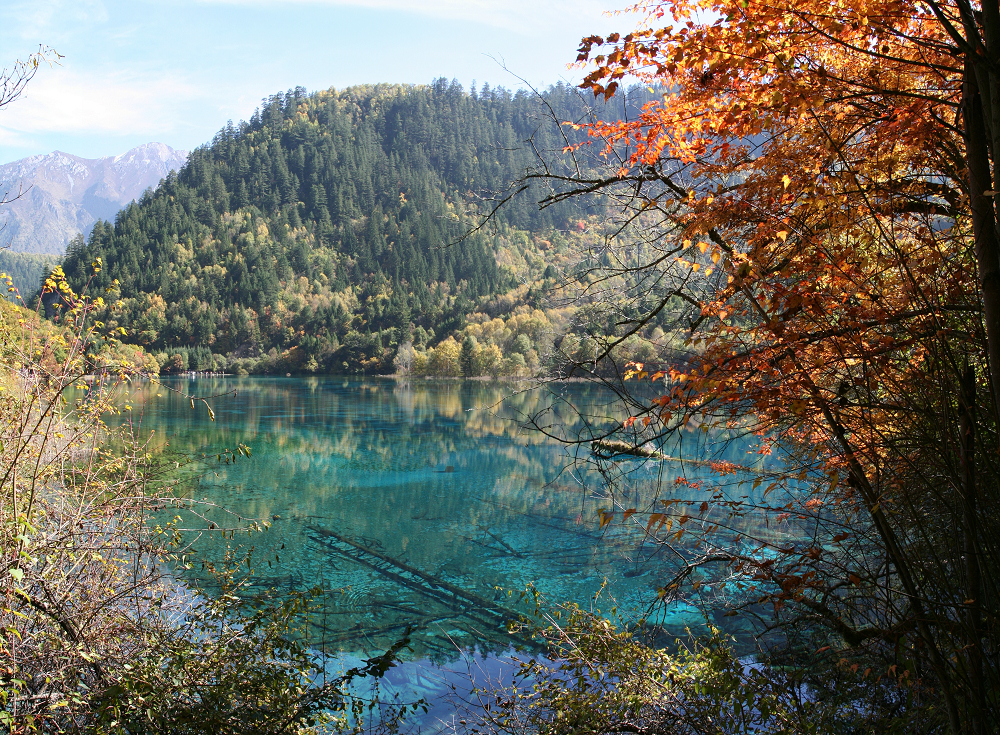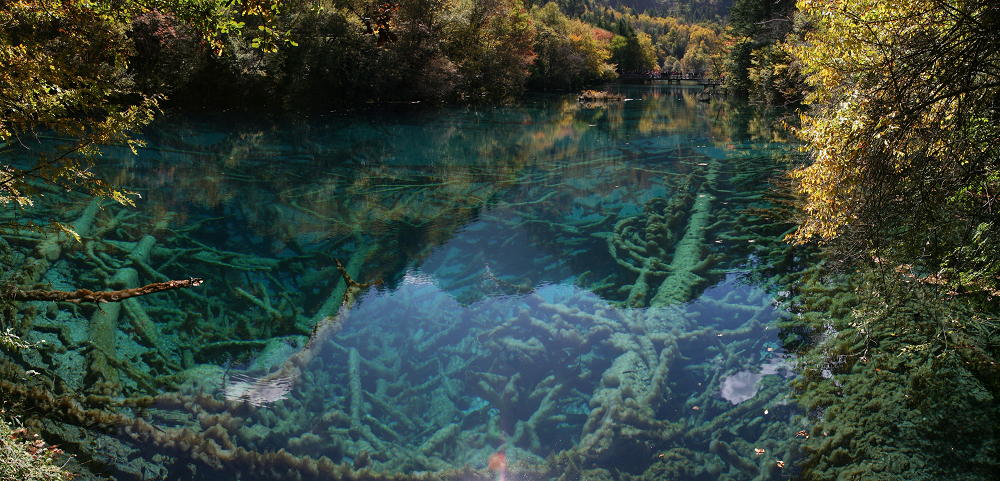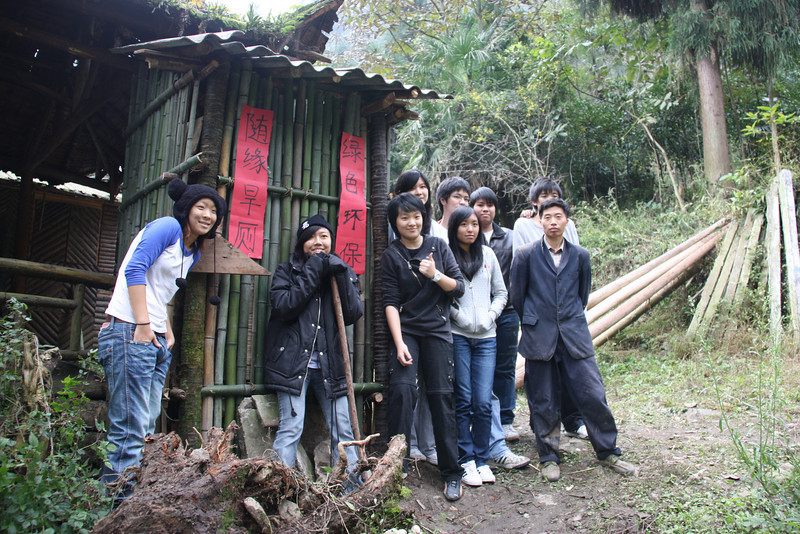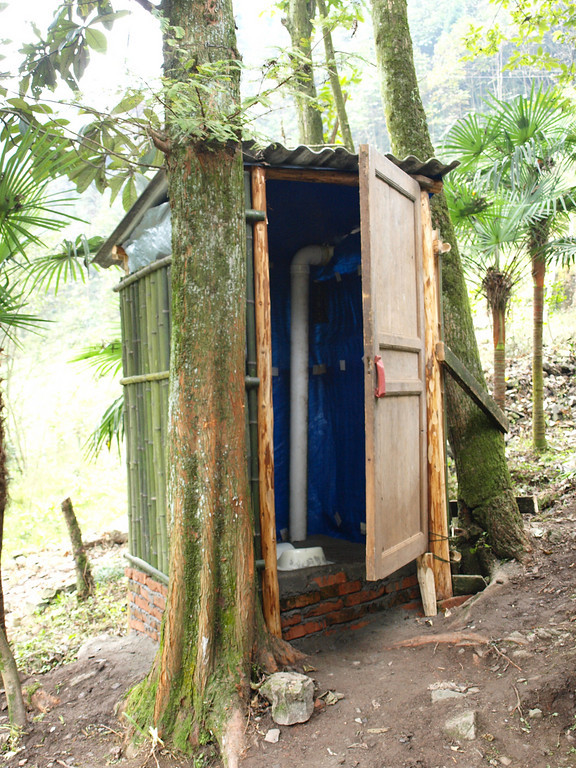Orville Schell recently wrote about his journey to Yunnan with AsiaTravel, discussing the climate change issues on the Tibetan Plateau. However, what is beyond the melting glacial peaks in the region?
AsiaTravel’s Alex Grieves sat down with Jia Liming, AsiaTravel’s Director of Operations, to get a sense of the diverse natural and cultural wonders that exist between the Yangtze and Mekong Rivers.
Alex Grieves: How did you initially get involved in Orville Schell’s trip? Why were you a part of this experience?
Jia Liming: In early 2009, Mei [Zhang, AsiaTravel’s founder] told me that Orville [Schell, Asia Society’s China scholar] wanted to write about glaciers in China. As a member of the Operations team and someone who is quite familiar with Yunnan, I was asked to explore which routes would be most appropriate for the trip and to travel with the group.
AG: What route did you end up taking?
JL: We essentially went in a large loop. We first drove alongside the Yangtze River to Deqin, and then followed the Mekong River south again, first to Cizhong and then to Weixi. We visited the Mingyang Glaciers and Lijiang’s Jade Dragon Mountain, both of which are, or are home to, low latitude glaciers.
AG: What impressions did you take away with you while on this route?
JL: The journey down the Mekong River is simply incredible; it really is as if one is traveling through time. When you’re on the route, you travel through a myriad of contrasts: high to low altitudes; Tibetan to Lisu culture; buckwheat crops to rice fields; different styles of architecture; and colder to warmer climates. It’s amazing what one can see on just one 9-hour drive.
AG: What was your strongest impression from the trip?
JL: Driving past a Lisu village at sunset. As we passed by, I saw farmers singing in the fading light while working with cows in the rice fields. They seemed incredibly content. That was a really powerful moment. More generally speaking, the drive from Cizhong to Weixi is incredibly beautiful – there is no industry in these areas, and the natural beauty is untouched. One thing really interesting about the this area is that many villages are driven by clean energy and sustainable practices. The government subsidizes their bio-gas for cooking and heating, which enables the community to waste less and preserve their natural surroundings. It’s also very well-organized, and should serve as a model for other rural communities in China.
AG: Tell me more about the Lisu minority and their community.
JL: The Lisu people are an intriguing ethnic group, as about 20 percent of them are Catholic. Many can be found in Myanmar, since a large number of them emigrated to that area in the past.
——–
Want to learn more about Yunnan and the Tibetan Plateau? Send us a tweet @AsiaTravel, or email Jia at liming.jia@wildchina.com.




